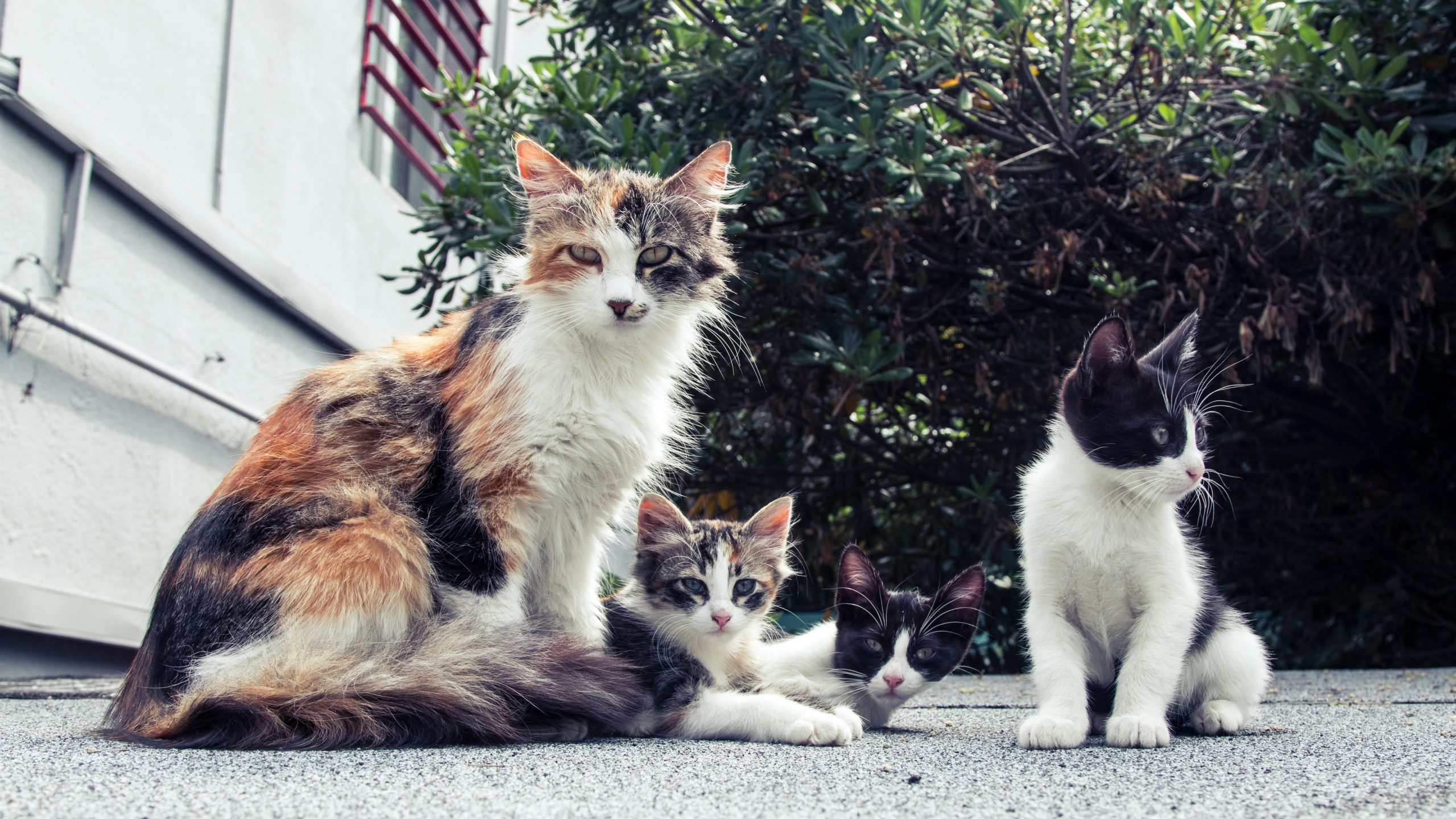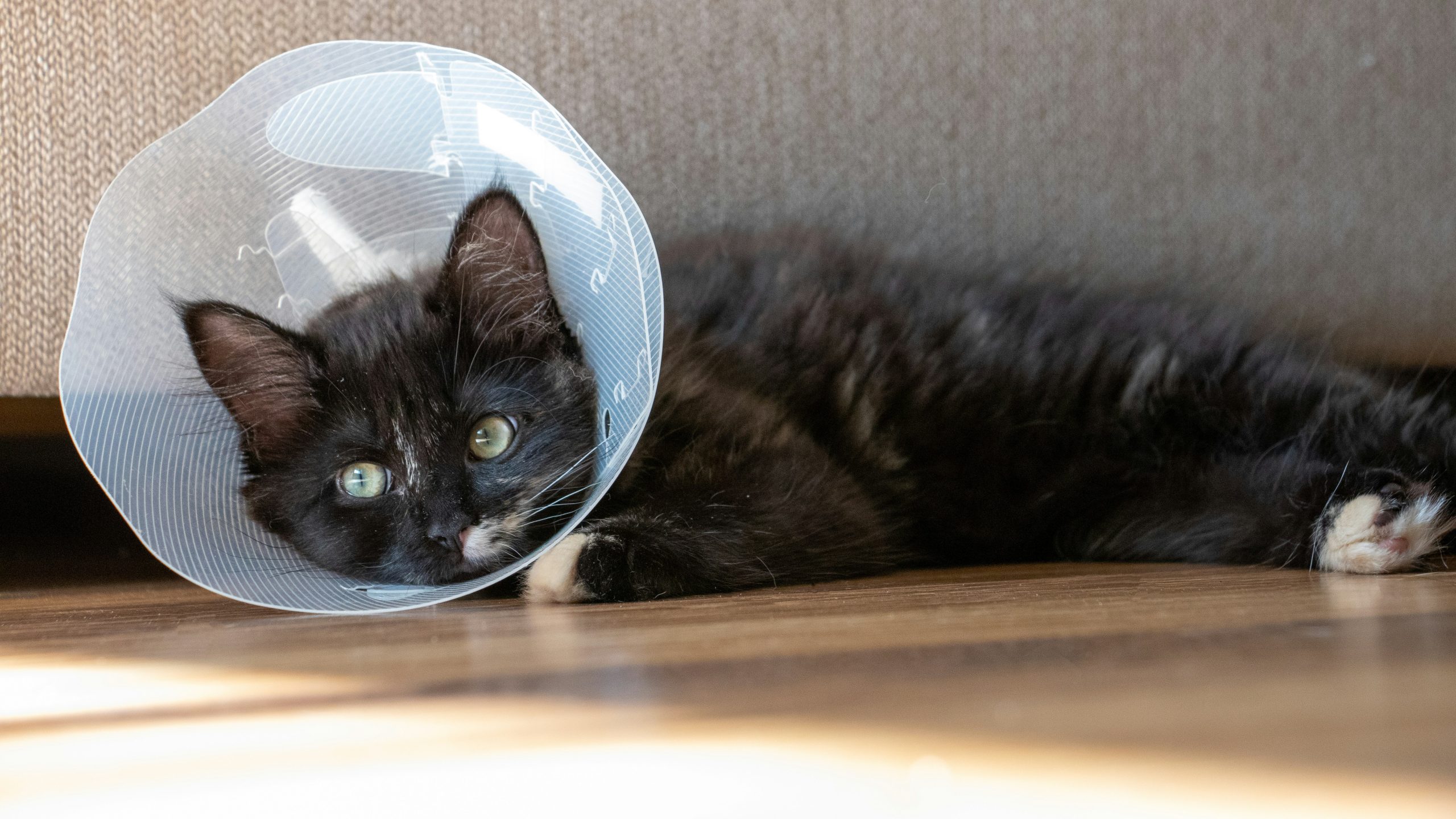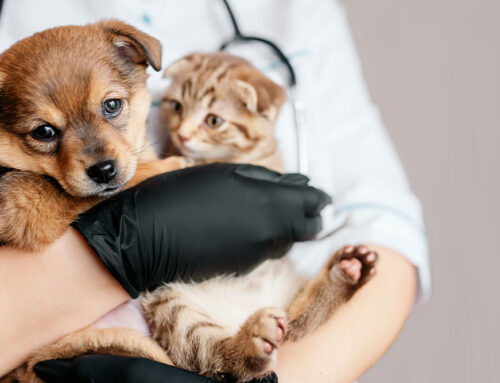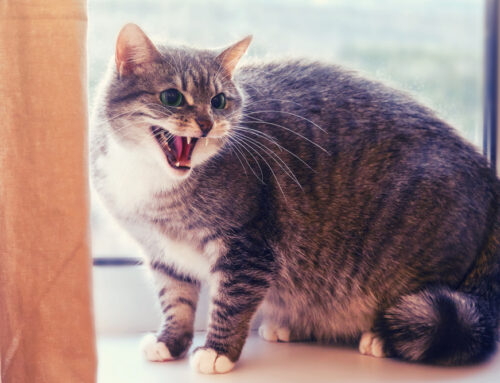Did you know that a single female cat can give birth to up to 200 kittens during her lifetime? Additionally, an estimated 3.3 million cats are still searching for families to love them. With the potential for a single cat to create a huge homeless feline population, controlling the pet overpopulation problem at the source—by spaying and neutering kittens before they can reproduce—is essential.
Our Cane Bay Veterinary Clinic team shares our recommendations for the best age to spay or neuter your kitten, the health and behavioral benefits they’ll gain, and what issues they may face if they remain intact.
When to spay or neuter kittens
The “Fix Felines by Five” initiative recommends kittens be spayed or neutered at 5 to 6 months of age. Reasons why sterilization is recommended at this age include:
- Balance between growth and surgery safety — By 5 to 6 months of age, most kittens have reached a maturity level where they are resilient enough to handle the anesthesia and the surgical procedure. Their bodies have grown sufficiently to ensure that the surgery can be performed safely and efficiently, reducing complication risks.
- Early pregnancy prevention — Female kittens can go into their first heat cycle as early as 4 to 5 months of age. Spaying them when they are younger prevents the possibility of an early, potentially risky pregnancy. Early pregnancies can be dangerous for the young mother and her kittens, as a kitten who is still growing herself may not be able to physically carry and care for a litter.
- Behavioral issue reduction — For male kittens, neutering at around 5 to 6 months can prevent behaviors such as spraying and roaming, which often begin with the onset of puberty. Early neutering ensures the kitten does not form these habits, and the kitten and their owner will more likely enjoy a harmonious living environment.
- Optimal timing for recovery — Kittens recover quickly from surgery, and this age range is optimal for fast healing. Young cats tend to be more resilient and bounce back from procedures more rapidly than older cats. This quick recovery is beneficial for their overall well-being and helps minimize the stress associated with surgery.
Female cats: Heat cycles and health risks
Intact female cats (i.e., queens) begin to experience heat cycles as early as 4 months of age. These cycles can be frequent, occurring every two to three weeks and lasting several days. During a heat cycle, female cats exhibit behaviors such as loud vocalizations, restlessness, and increased affection or aggression.
Moreover, repeated heat cycles increase the risk of mammary tumors in female cats. Up to 90% of these tumors are malignant, but spaying before the first heat cycle virtually eliminates the risk of tumor development. Additionally, spaying prevents uterine infections (i.e., pyometra), which can be life-threatening and require emergency surgery.
Male cats: Marking and territorial behavior
Male cats who are left intact are prone to marking their territory with strong-smelling urine. This behavior, known as spraying, can begin as early as 5 months of age and is driven by the cat’s instinct to attract mates and establish their territory. Neutering male cats, before they develop the habit of spraying, can prevent this behavior entirely.
Intact male cats are also more likely to roam in search of females, which increases the risk of getting lost or injured, or contracting diseases from other animals. Neutering reduces these risks by curbing the natural drive to wander.
The potential for unwanted litters

An unspayed female cat can give birth to multiple litters each year, with an average litter of four to six kittens. This can quickly lead to an overwhelming number of kittens and contributes to the already significant cat overpopulation problem. Shelters are often overburdened with homeless cats and kittens, and many do not find homes.
By spaying or neutering your kitten, you are playing a crucial role in controlling the cat population and reducing the number of pets who end up in shelters. It’s a responsible choice that benefits the entire feline community.
Spaying or neutering your kitten at around 5 to 6 months of age supports their health and well-being and also contributes to the broader effort to control the homeless feline population. Consult with your Cane Bay Veterinary Clinic veterinarian to make the best choice for your kitten, so you can both reap the many benefits that come with this responsible pet care decision.







Leave A Comment